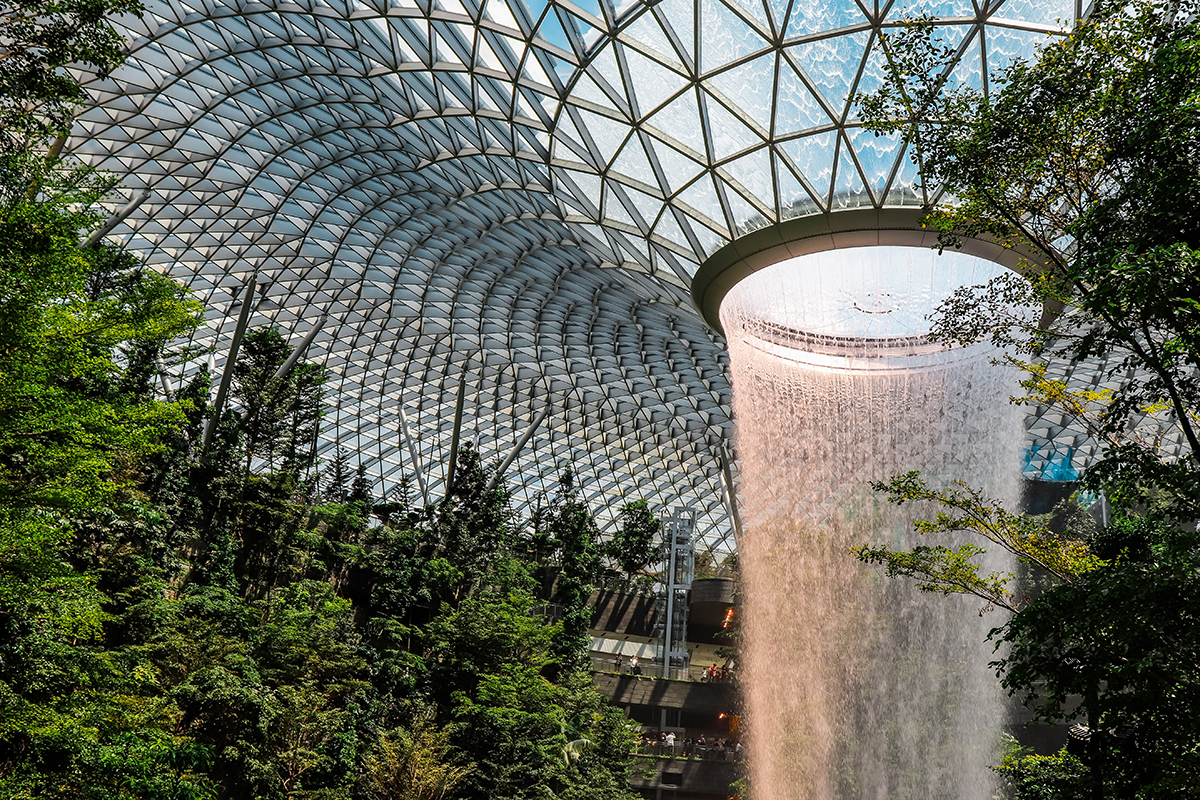
Pandemics: A New Piece of the City Planning Puzzle
mars 13, 2020 — The Big Picture
Over the last decade, urban planners, designers, developers, and municipalities have begun integrating the concepts of sustainability and resiliency into their city plans. While this is a positive step, it is still not the standard; while often discussed, it is rarely formalized or implemented.
More recently, themes of wellness, wellbeing, and inclusion have entered the conversation. Rating systems are available that define and track benchmarks that meet these goals, such as U.S. Green Building Council’s LEED Standard and the International WELL Building Institute’s WELL Building Standard. Innovative organizations are embracing these themes as well, and I’m pleased to see NewCities continue to move forward with the Wellbeing Cities Award.
While sustainability and wellness are important additions to the city-planning puzzle, the current COVID-19 crisis makes clear that a different piece still is missing: pandemic preparation and response.
Some cities may combine this thinking into their general disaster planning, while others may manage it separately. Either way, as we see the effectiveness of cities’ responses to COVID-19, both positive and negative, we no longer have the luxury of taking a passive approach.
I typically begin all of my writing and presentations with a stark warning regarding the desperate need to design, build and operate new cities and urban areas over the next 30 years to meet the demands of the world’s 2.5 billion new urbanites. This population boom is daunting enough considering the impacts that will occur from challenges including climate change, food security, and income inequality. Now we need to add pandemics to the list for existing cities, and as part of the initial planning for the hundreds of new greenfield cities still to be built.
Moreover, pandemics can’t be thought of as their own challenge. They are intrinsically connected to issues of sustainability, resiliency, wellness and population growth. Consequently, we need to expand our city design thinking, and our infrastructure and operations planning strategies, with the assumption that the world will face additional pandemics in the future.
As urbanization-related industries begin to prepare and respond to pandemics, here are five initial ideas to consider:
- Land use planning and masterplans should include flexible areas designated as reaction zones. These could be green spaces or flexible mixed-use areas with established and available utilities that can quickly be converted into temporary hospitals, housing or distribution areas. From a macro perspective, we may also need to reconsider our future approach to urban density.
- Design flexible buildings that consider pandemic and emergency preparedness from the start to facilitate the response process. For example, certain buildings such as hotels, dormitories or apartments could be designed flexibly for conversion into hospitals or quarantine areas. Architects can expand their traditional building designs to include areas for quarantining or health-related supplies storage.
- Design healthy buildings to not only benefit tenants’ wellness and effectiveness but also to mitigate the potential spread of disease. This can be done through proactive design techniques like reducing chemicals, using non-hazardous building materials, using sensors to monitor building operations and employing smart ventilation techniques. An example from a recent study notes that “seasonality should be considered in building operation, so that mechanical systems can be operated to protect occupants against infectious diseases, such as using higher ventilation rates or relative humidity levels during months with high flu incidences.”
- Regulations can be both friend and foe to planners and developers. In the case of pandemic planning, governments may need to consider mandating the innovative and flexible building design requirements noted above, at least in certain areas of a city, to ensure there is available space to respond to a pandemic. This is similar to municipalities around the world that have implemented minimum levels of green building certification for all new building projects (e.g. Washington D.C.’s Green Building Act of 2006). Regulations in other areas could address topics such as food security or enacting strategic autonomous deliveries and mobility services in times of crisis.
- Connectivity is at the core of society and the foundation of a city. It is now often defined in the context of “Smart Cities” and the technology used to not only connect people but also devices, services, and decision-makers. Pandemic planning and response need to be layered in city plans to monitor and deliver services, from security to trash, to people’s movement. Plans also need to be in place to quickly shift to telework and virtual education while ensuring enough bandwidth is available for online social interactions and increases in media consumption.
These ideas are the simple start of a deeper conversation that needs to occur across the various industries related to city planning. From architects to construction firms to technology companies and elected officials, the COVID-19 pandemic will fundamentally change our approach to designing and planning urban environments.
Our city planning puzzle is now considerably more complicated. However, as we work toward solutions we must document best practices and integrate them into future preparations. Our urban futures depend on it.